McDonald’s releases new Sukiyaki Tsukimi Burger in Japan for moon viewing season 2022
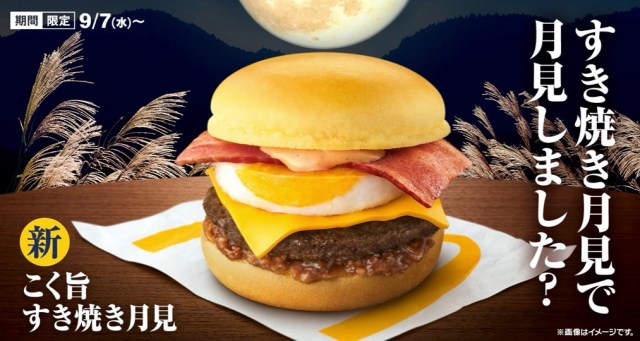
Plus a new McFlurry, dipping sauce, and more burgers to round out this year’s collection.
It’s that time of year again in Japan, when we transition into a new season where the warm nights become more bearable and we begin gazing at the brightness of the Harvest Moon, in a tradition known as “tsukimi“, or “moon viewing“.
It’s a tradition that fast food chains have been taking part in as well, with a lot of the big names releasing tsukimi burgers to help celebrate the occasion. Every year, though, it’s the collection from McDonald’s that tends to get the most attention, because unlike their competitors they go all out with their range, offering over half a dozen moon-themed menu items, including some exciting sweet and savoury options.
▼ This year is no different, with a total of eight menu items making up the so-called “Tsukimi Family“.
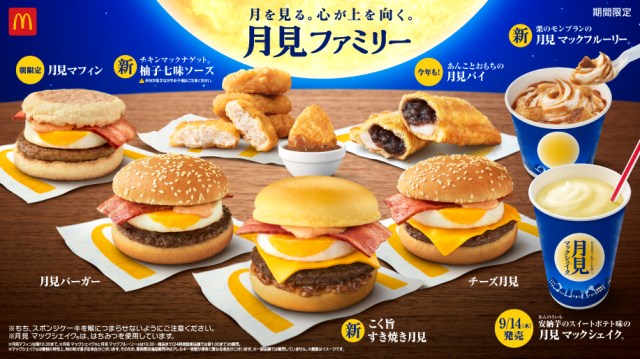
Family is a theme that’s always at the heart of the annual Tsukimi release at McDonald’s, as it comes just after the end of the summer holidays. A lot of people in Japan will have returned from visiting their family at this time of year, so the chain is able to tug at the heartstrings with their advertising, releasing videos that often centre around a father-daughter relationship.
This year’s Tsukimi commercial was released today, and again it shows a father and daughter parting ways, only to be reunited by their love of McDonald’s under the full moon.
▼ Take a look at the tear-jerking commercial below.
In the ad above, the father drops his daughter off at the station and she tells him he can use her room if he wants. That night, he finds a picture his daughter drew of him, showing him sternly saying “Make sure you eat!” so he sends her a text message to let her know he’s seen her picture, but instead of being angry about it, he writes, “That doesn’t look like me” before writing a supportive “Ganbare” (“Do your best”). In the voiceover, they both say they’ve come to some new realisations — she’s thankful for those times he waited up for her, and he’s realised there was no anger in the sad and good times they’ve experienced, as it was all about growing up.
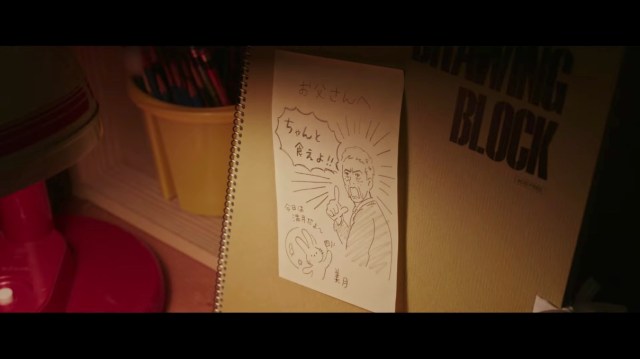
As for the bunny, well, bunnies are synonymous with moon-viewing, as people in Japan grow up seeing a rabbit pounding rice on the moon, just as people in the West grow up seeing a face on the moon.

Now that we’ve made it through the tear-jerking advertising associated with the collection, let’s get into the comfort food that McDonald’s has in store for us, starting with some familiar Tsukimi items that are so popular they’re returning for another year.
▼ Tsukimi Burger (360 yen [US$2.58])
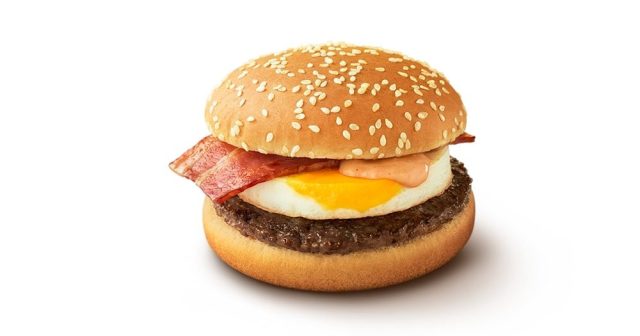
The signature Tsukimi Burger makes its return again this year, with a plump fried egg that resembles the moon, a juicy 100-percent beef patty, smoked bacon, and a creamy and rich tomato sauce designed to perfectly match the ingredients.
▼ Cheese Tsukimi (390 yen)
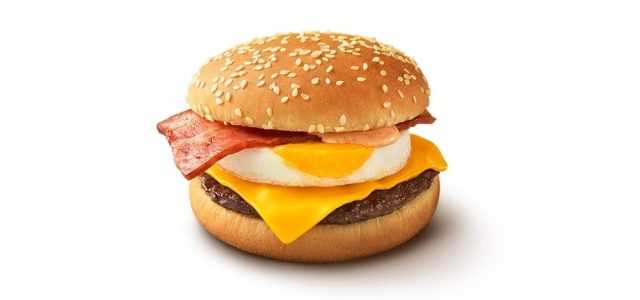
This burger adds rich cheddar cheese to the mix, creating an “exquisite combination” of melty cheddar cheese and creamy rich tomato sauce that’s said to be irresistible for cheese lovers.
▼ Tsukimi Muffin (340 yen [US$2.44])
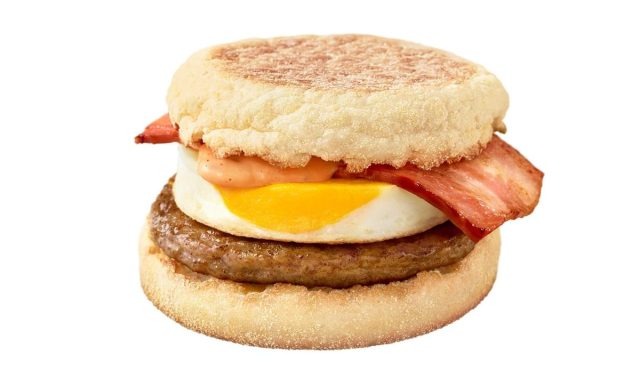
This morning menu item allows you to get a taste of the Tsukimi Burger in a muffin, featuring a moon-esque fried egg, smoked bacon, a flavourful sausage patty, and a rich creamy tomato sauce sandwiched between English muffins.
▼ For dessert, the Tsukimi Pie (150 yen) is making a triumphant return following its immense popularity last year.
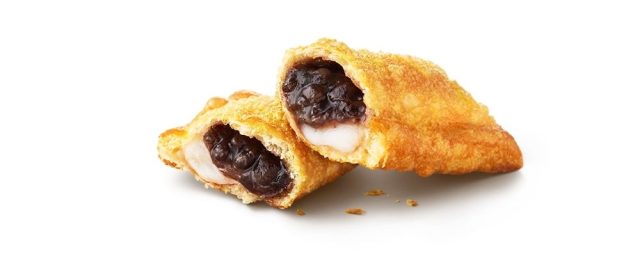
This pie contains a lightly sweet red bean paste and soft mochi (pounded rice cake) wrapped in a crispy pie crust. Every bite of mochi will remind you of the rabbit pounding rice on the moon.
▼ Anno Imo Sweet Potato Flavoured Tsukimi McShake (140 yen for a small, 220 yen for a medium)
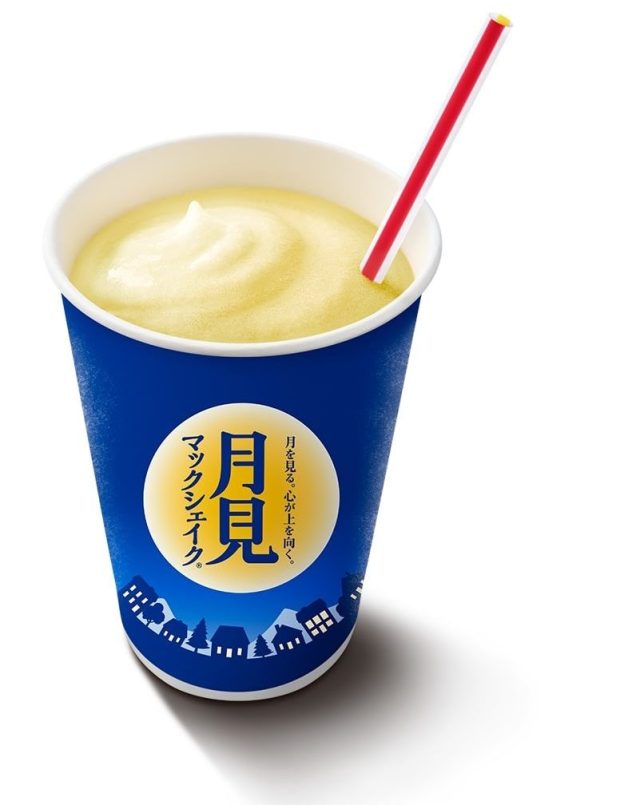
Autumn is the season for sweet potatoes, and the golden-coloured anno imo variety is known for having a high sugar content, making it a popular ingredient in sweets. Unlike all the other items in the collection, which go on sale on 7 September, this one will be on the menu from 14 September.
Now let’s take a look at the brand new items being offered for the first time.
▼ Yuzu Shichimi Dipping Sauce

Customers who purchase a pack of Chicken McNuggets will be able to request this special dipping sauce for a limited time. The new soy sauce-based Japanese sauce is flavoured with bonito stock, shichimi spice and yuzu citrus, to provide a tangy and refreshing taste to your nuggets this autumn moon-viewing season.
▼ Chestnut Mont Blanc Tsukimi McFlurry (330 yen)
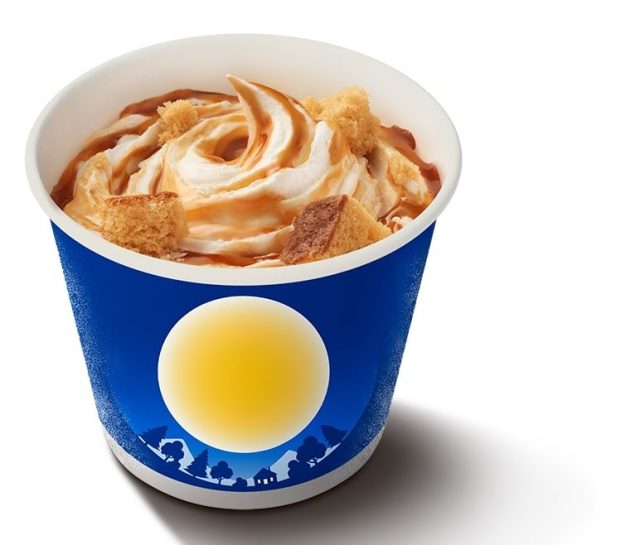
This year, a new Tsukimi McFlurry that “feels like autumn” will be released. The sauce contains chestnut paste with “an elegant sweetness and rich chestnut flavour”, which is said to pair well with the milky soft serve ice cream. In addition, chestnut-flavoured sponge cake pieces will be scattered on top, for textural contrast.
▼ Sukiyaki Tsukimi Burger (440 yen)

This is arguably the most exciting item in the entire collection, as it features the flavour of sukiyaki, a meat hotpot dish that’s usually dipped in raw egg before eating. For the burger version, the sukiyaki appears as a thick beef-and-vegetable sauce beneath the meat patty, and it’s sandwiched between two buns with fried egg, cheese, bacon, and that rich and creamy tomato sauce.
The entire collection looks irresistible, and now we can hardly wait for moon-viewing season to start at McDonald’s, just three days before the full moon rises in Japan on 10 September. Like last year, the season runs at McDonald’s until mid-October, but if you can’t wait for it to start, KFC has gotten in early, with their moon viewing burgers already on the menu!
Source, images: McDonald’s Japan
● Want to hear about SoraNews24’s latest articles as soon as they’re published? Follow us on Facebook and Twitter!
Credit:

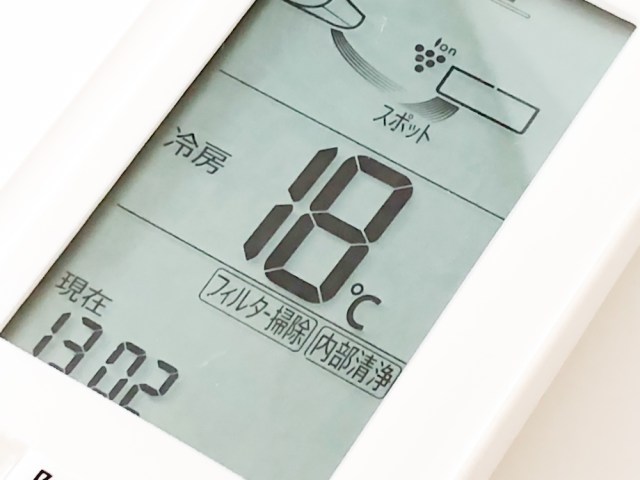
 投稿数ゼロTuber (@IoryHamon)
投稿数ゼロTuber (@IoryHamon) 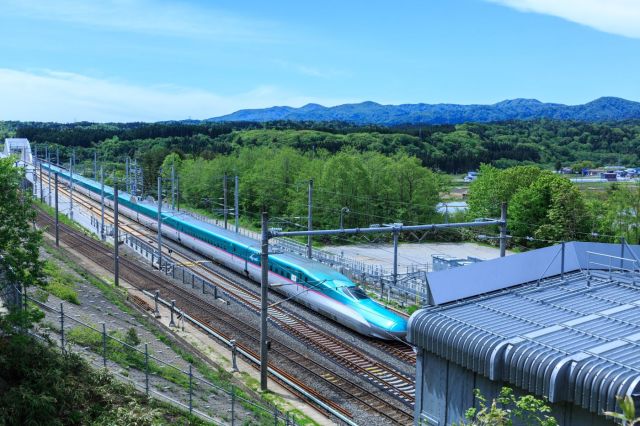
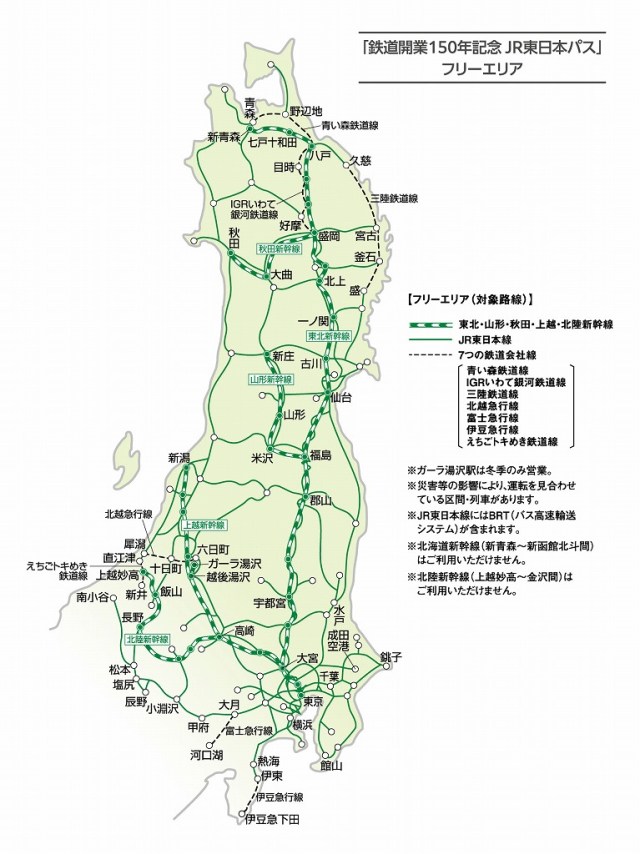
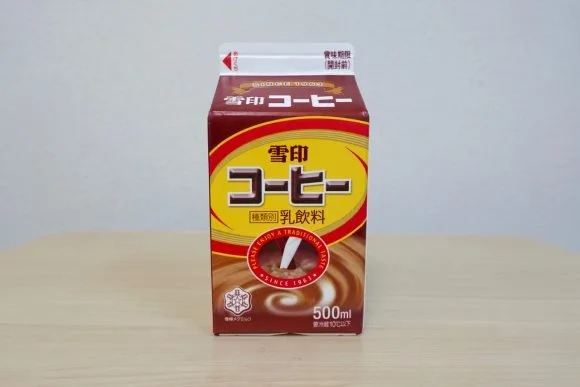
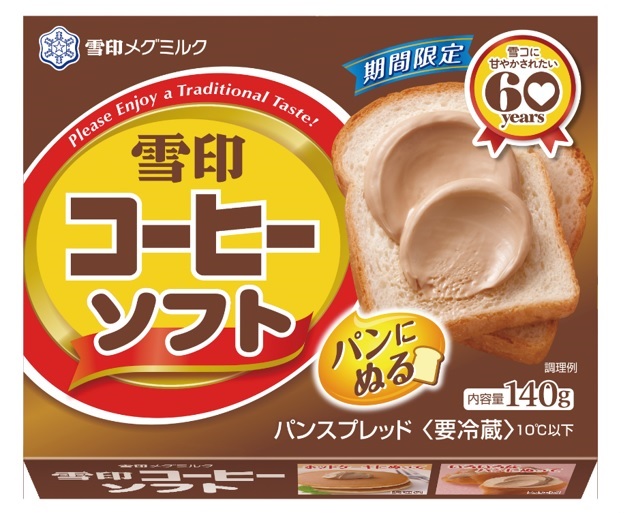
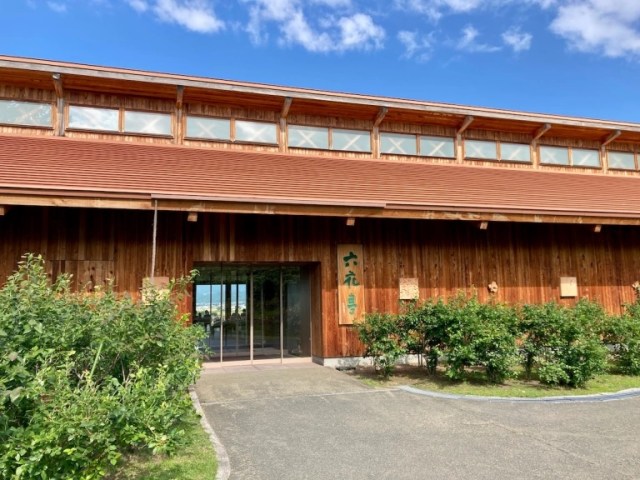
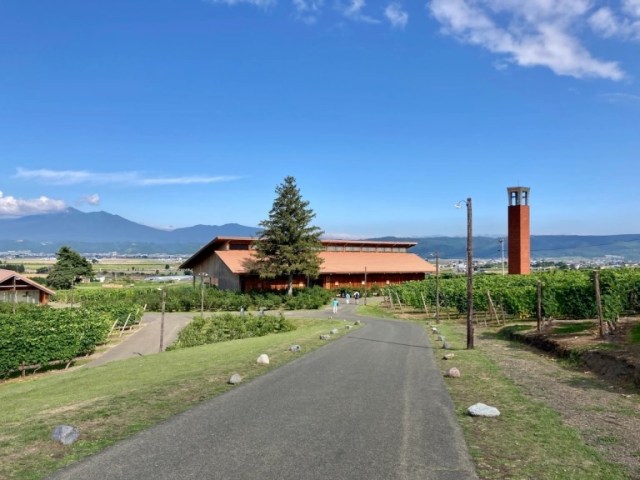

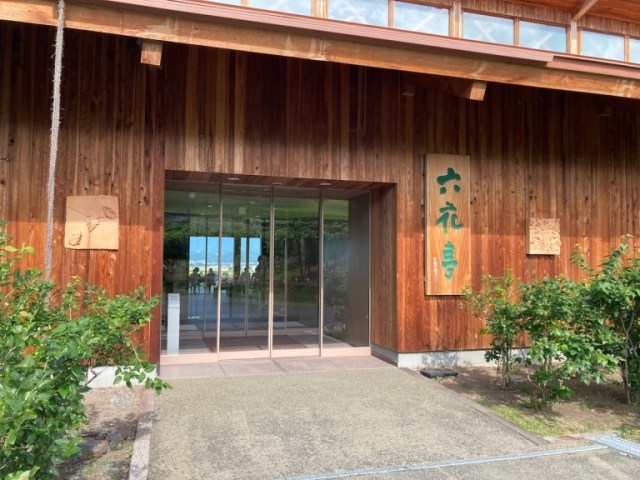
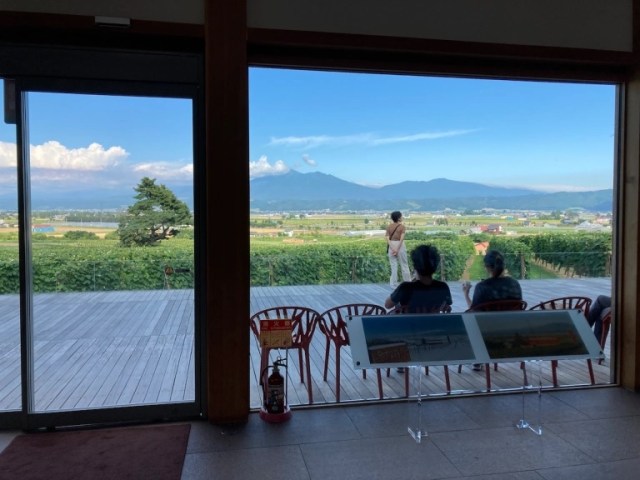
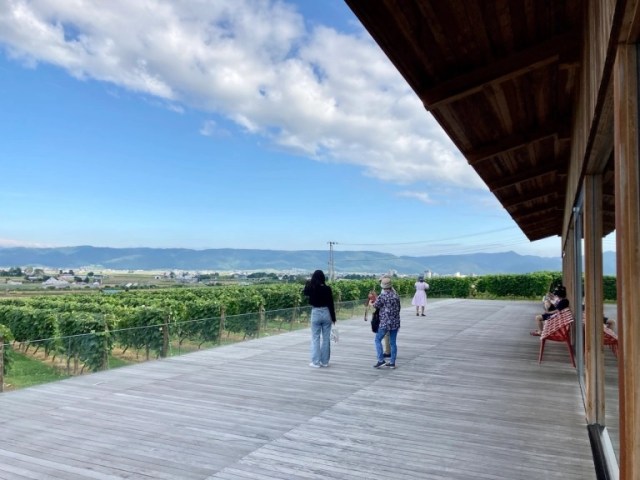
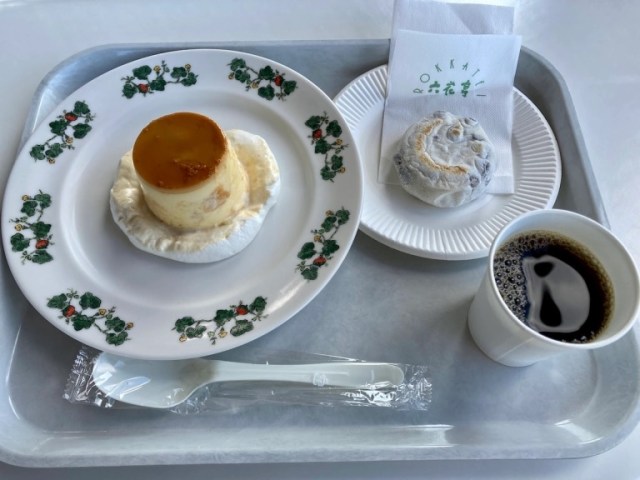

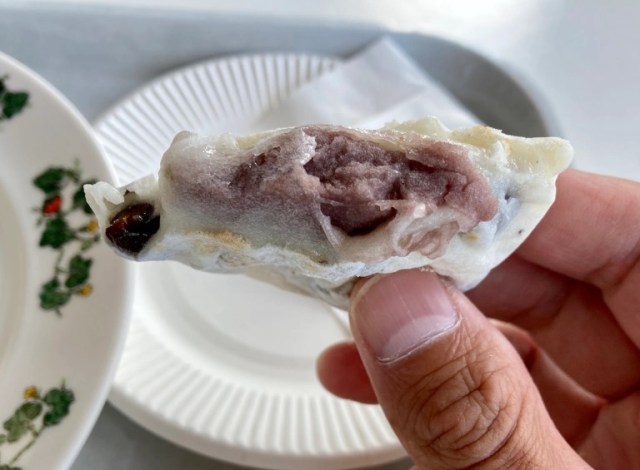
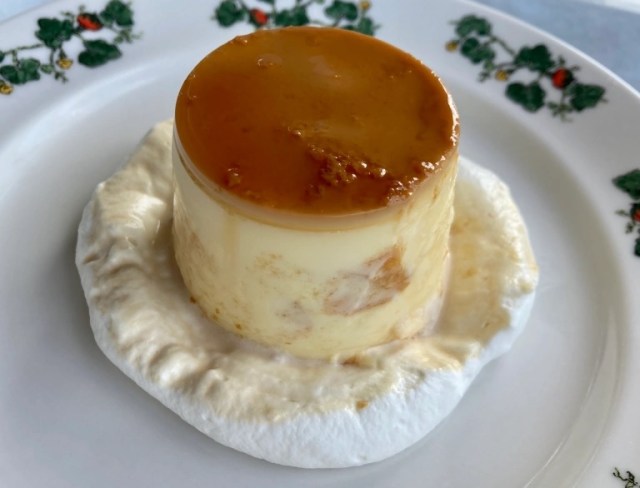


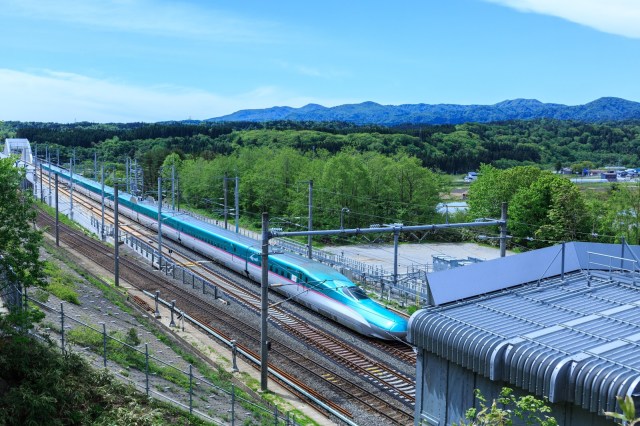

 大きな音が出ます!音量注意!
大きな音が出ます!音量注意!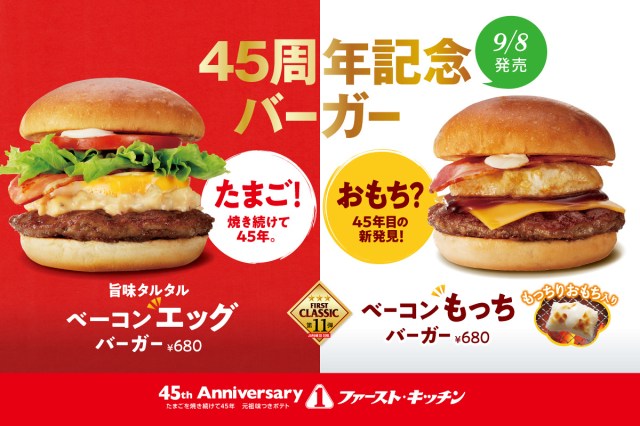

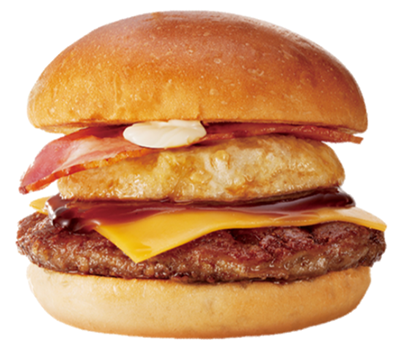
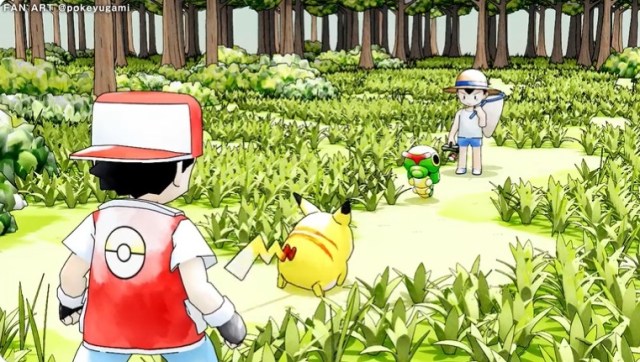
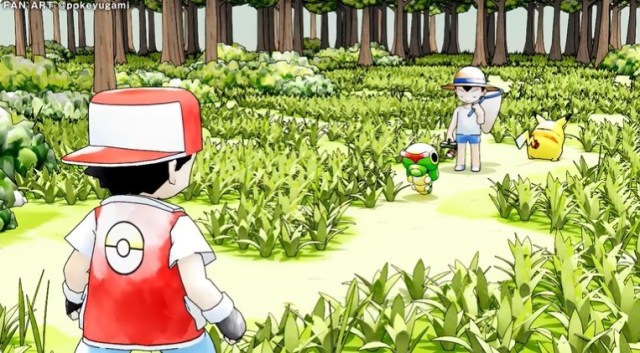
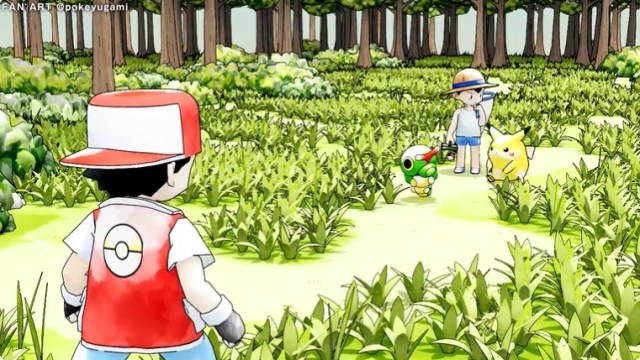
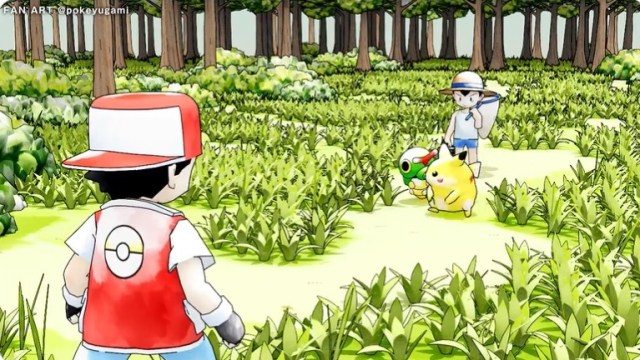
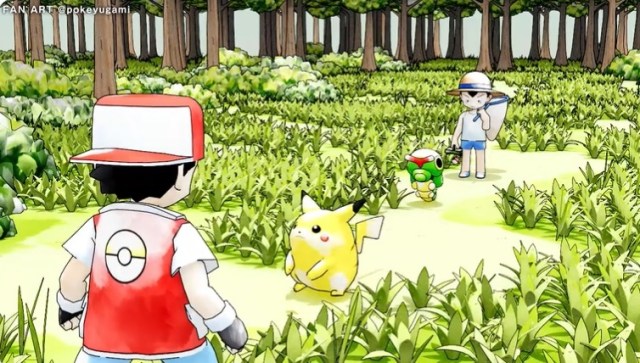

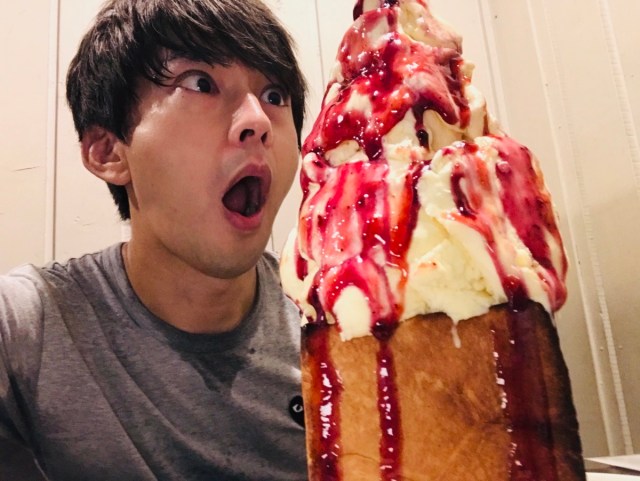
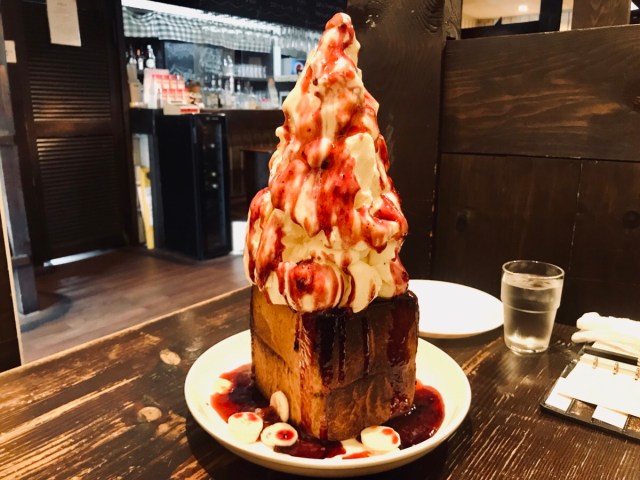

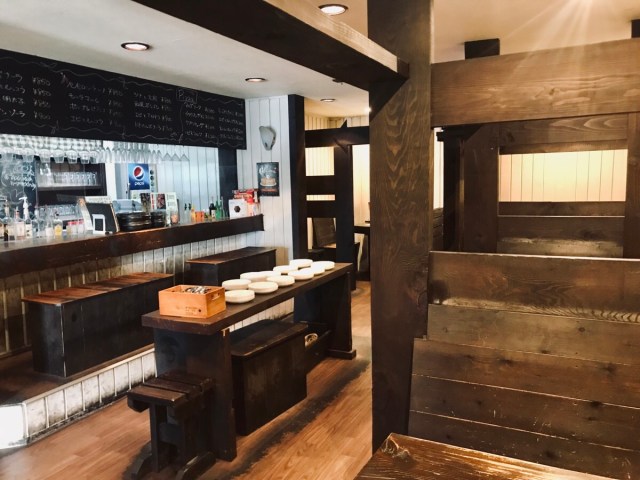
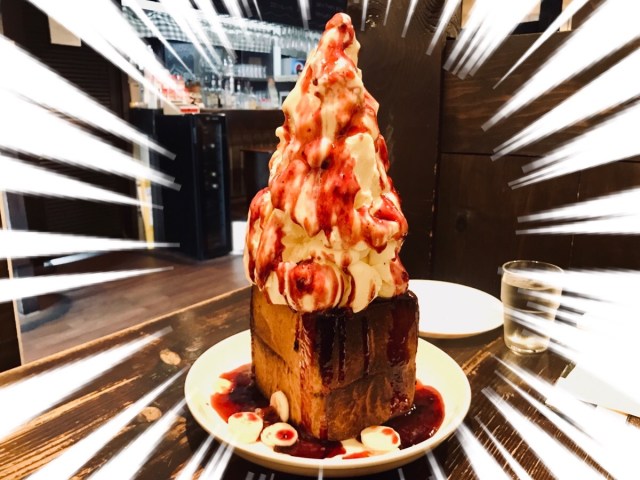
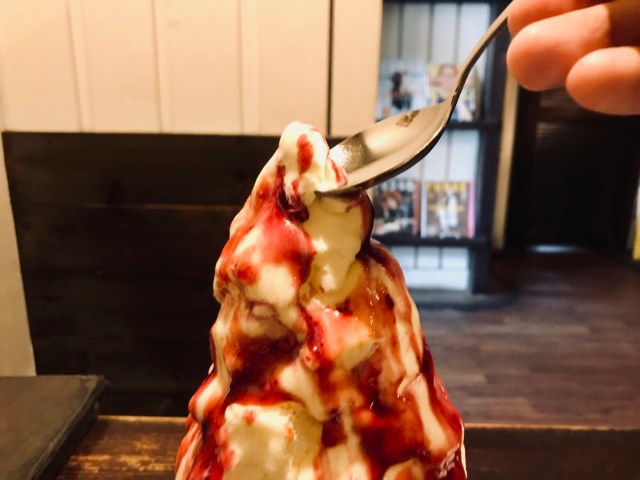
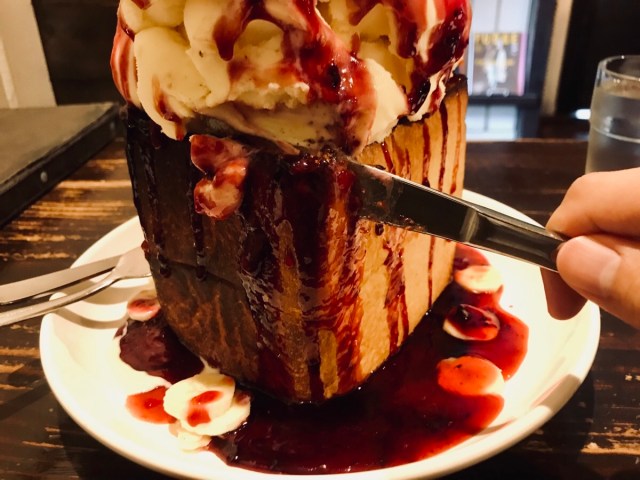
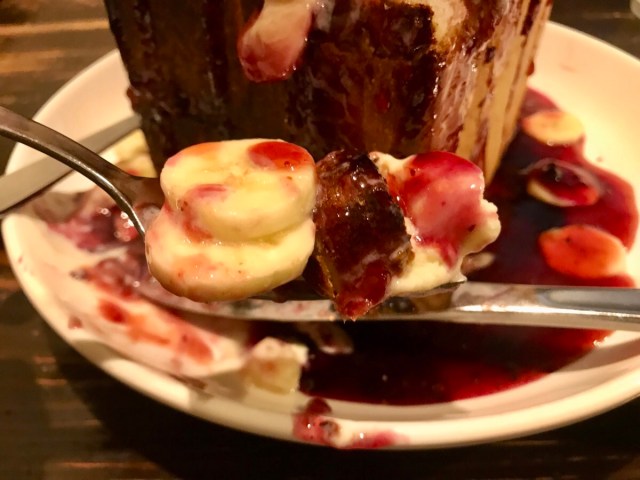
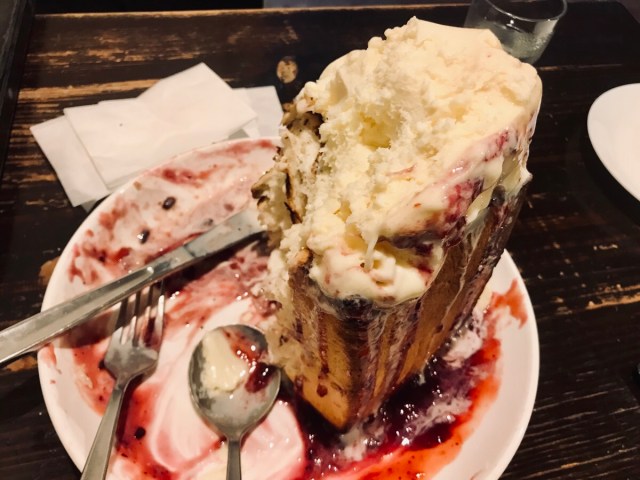

0 comments:
Post a Comment